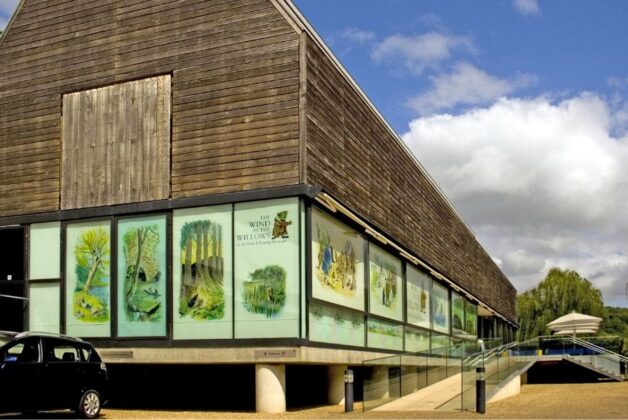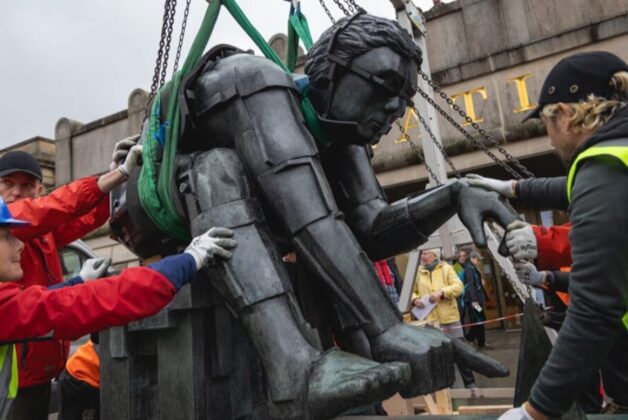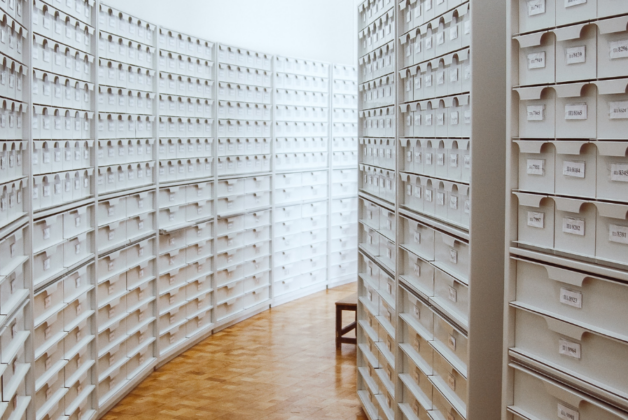Dr Paul Davis with the book (Lyme Regis Museum)
Once the property of Mary Anning, the book has returned to Lyme Regis Museum after being spotted in Museums Victoria video
After a chance online encounter, an object thought lost forever has made its way across the globe and back into its rightful collection.
The Lyme Regis Museum in Dorset is based at the site of famed paleontologist Mary Anning’s home. The museum’s collection had included a rare book which she had owned, JS Miller’s Natural History of the Crinoidea, complete with a personal inscription from the author.
That book became one of the first donations to the newly-formed Lyme Regis Museum in 1929, and was recorded in its collection along with details of the inscription.
Decades later in 1985, it was first found missing from the collection, and was thought to have been lost after being stolen somewhere between 1946-79.
But two years ago, in 2022, the museum’s geology curator Dr Paul Davis came across a YouTube video by chance from Museums Victoria in Australia. The video’s focus was the missing book, complete with details of the unique inscription.
It would emerge that the book was bought in 1985 from Blackwell’s booksellers of Oxford for £300.
The museum said “Museums Victoria acted with complete propriety when they realised that the book had been stolen and unwittingly purchased” and it was agreed that the book would eventually be returned.
The book arrived back at the museum yesterday, on what would have been Anning’s 225th birthday, 22 May 2024, almost 95 years since it was first donated to the museum.
Dr Davis said: “There are so few items that belonged to Mary, and it is fantastic that the book has returned home to the museum so that it can be used to tell the story of this pioneering palaeontologist in the place she lived and worked.”
“This is an important and significant book that belonged to Mary Anning and was donated to the museum 95 years ago.
“Mary receiving a signed and inscribed copy of the book from the author shows that her expertise was clearly recognised and highly regarded by the scientists of the day.”
Having been returned, the book is now expected to go on public display again from June 8th.





